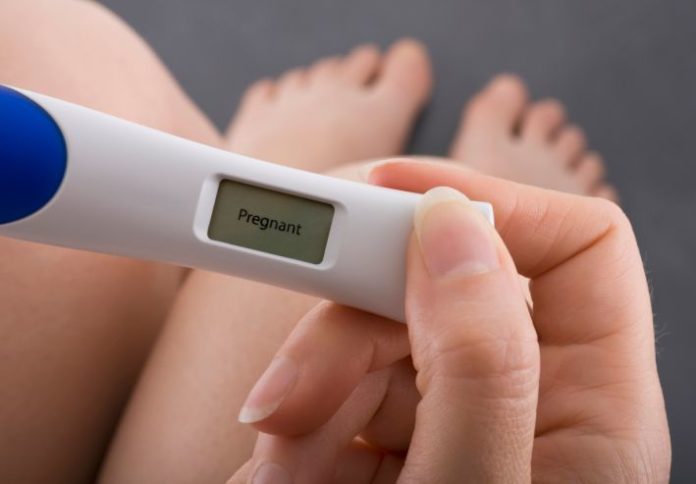Fewer women in Australia and New Zealand are using assisted reproductive technology (ART) treatments to conceive, but there have been improved success rates amongst this smaller group, according to a report released today by the Australian Institute of Health and Welfare (AIHW).
The report, Assisted reproductive technology in Australia and New Zealand 2010, shows that there were about 61,800 ART treatment cycles performed in Australia and New Zealand in 2010 (56,500 and 5,300 respectively).
‘This is a fall of 13% for Australia and 1% for New Zealand, and is the first time we have recorded a drop in ART use,’ said AIHW spokesperson Professor Elizabeth Sullivan.
‘But at the same time, we’ve seen an improved success rate for clinical pregnancies, up from 23% in 2009 to 24% in 2010.’
The more substantial decrease in ART use in Australia coincides with the introduction in 2010 of caps on the amount of money that could be claimed back from Medicare for fertility treatment.
There were about 12,100 liveborn babies following ART treatments in 2010, with almost three-quarters of these (74%) being full-term single births of normal birthweight.
The majority (95%) of women undergoing ART treatment cycles used their own eggs or embryos, while the remainder used either donor eggs or other forms of ART, such as surrogacy. The average age of women using their own eggs or embryos was 36 years, while the average age of women using donor eggs or embryos was 41 years.
The delivery rate was much higher for younger women. Among those aged 30-34, the live delivery rate was 27% for fresh cycles and 22% for thaw cycles. For women aged over 44, it was less than 1% and around 8% respectively.
‘The more favourable live delivery rate of thaw cycles compared with fresh cycles for older women is most likely because a woman’ s thawed embryos are frozen at the time of her initial fresh cycle and are therefore of a younger biological age,’ said the President of Fertility Society of Australia Associate Professor Mark Bowman.
A continuing trend in ART treatment in Australia and New Zealand has been the falling rate of multiple birth deliveries, from 12% to 8% between 2006 and 2010. Australia and New Zealand continue to lead the way – having the lowest rate of multiple birth deliveries of any global region.
‘This was achieved by a shift in practice to single embryo transfer, which rose from 57% in 2006 to almost 70% in 2009 and 2010,’ Associate Professor Bowman said.
‘Importantly, this fall in multiple births has been achieved while retaining and, in 2010, improving the rate of clinical pregnancies.’











